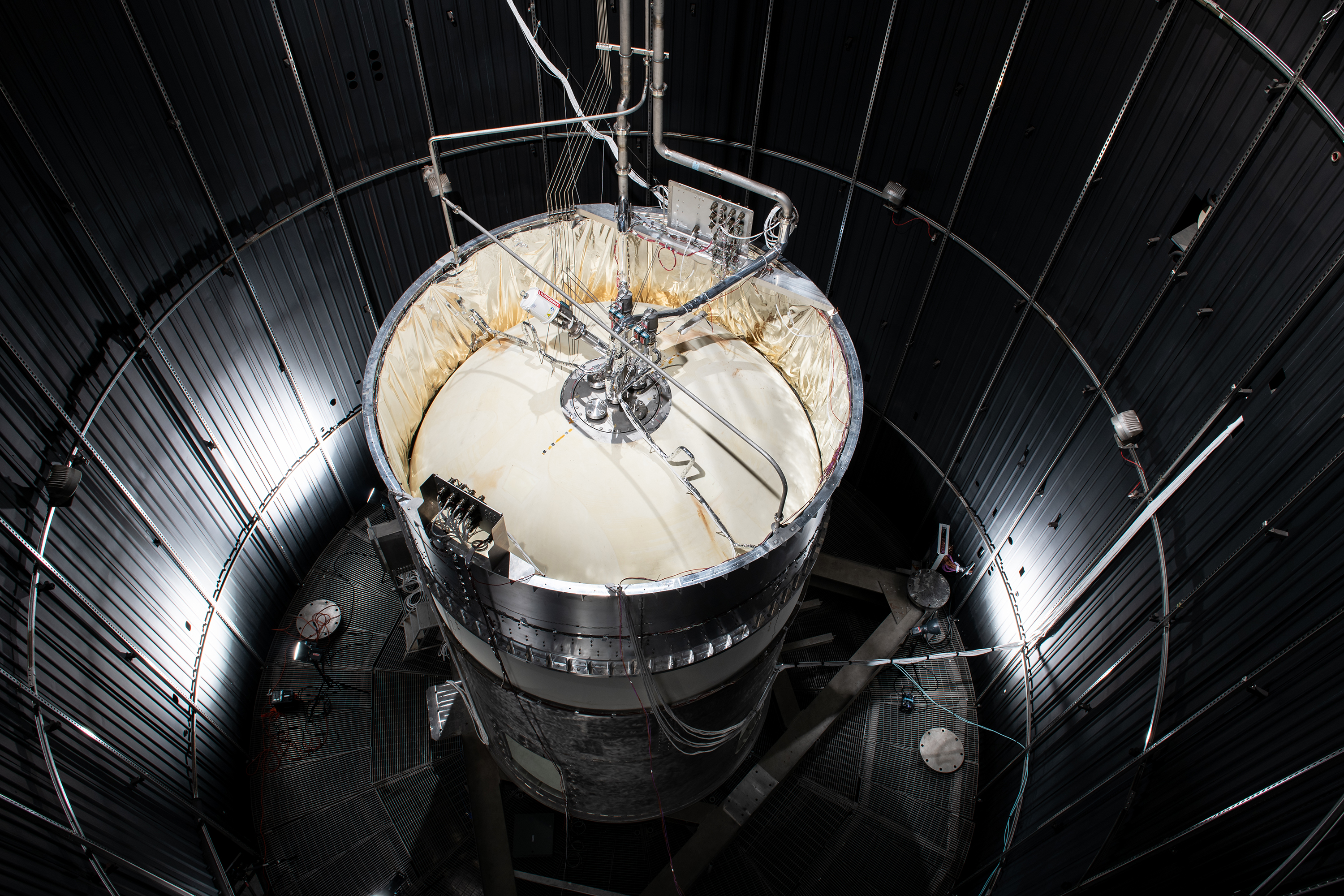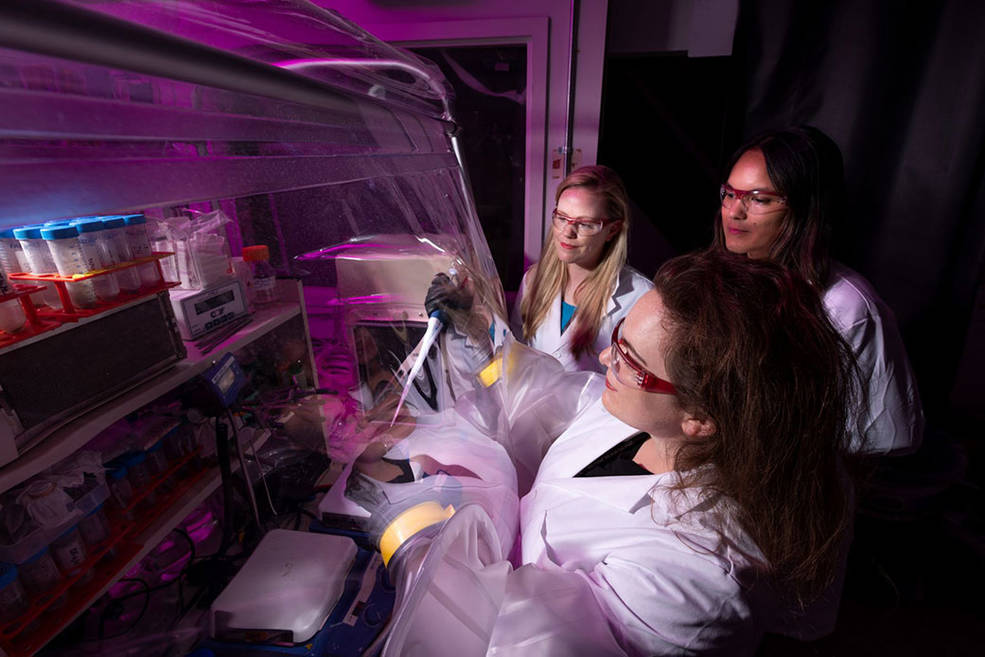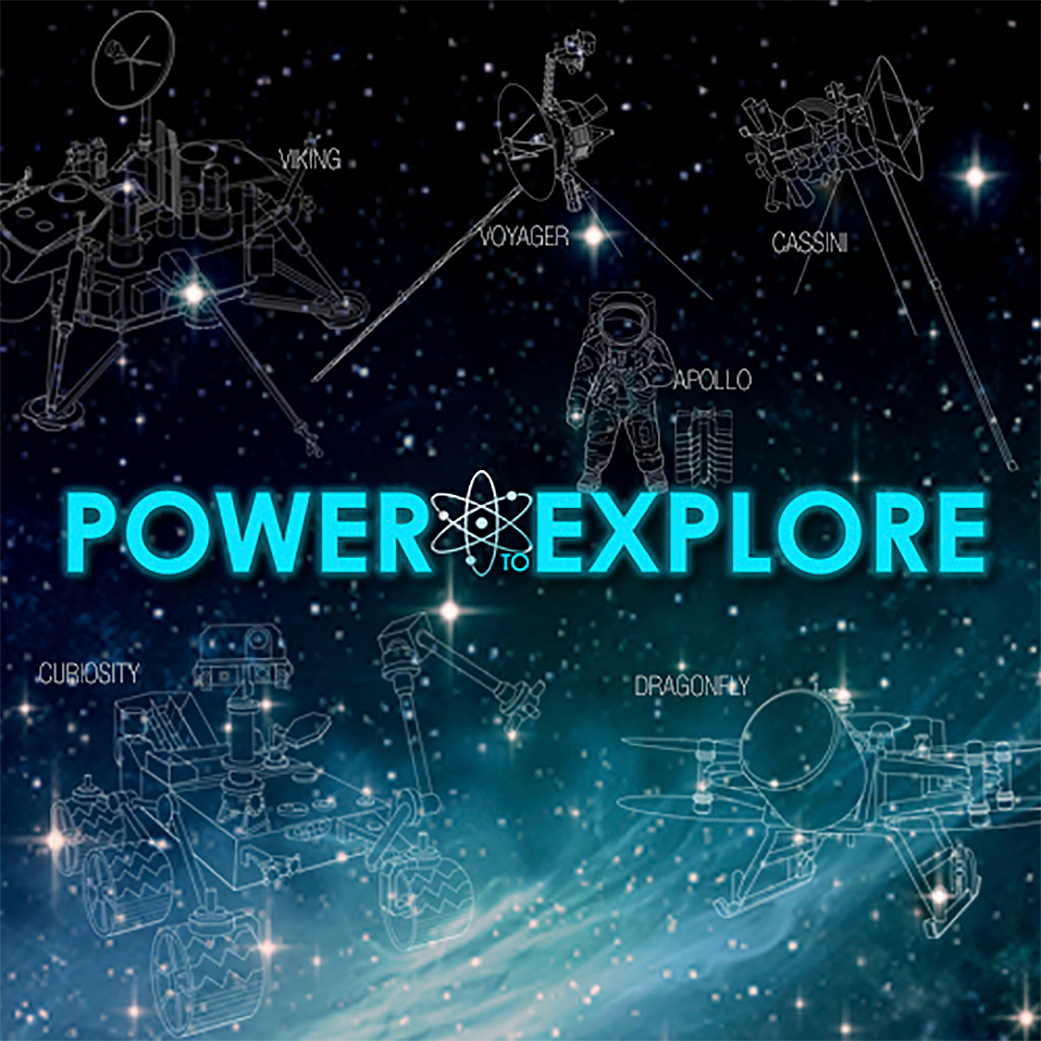4 min read
Our solar system is a jewel box filled with a glittering variety of beautiful worlds—and not all of them are planets. This week, we present 10 of our solar system's most marvelous moons.
1. Weird Weather: Titan
Saturn's hazy moon Titan is larger than Mercury, but its size is not the only way it's like a planet. Titan has a thick atmosphere, complete with its own "water cycle" — except that it's way too cold on Titan for liquid water. Instead, rains of liquid hydrocarbons like ethane and methane fall onto icy mountains, run into rivers, and gather into great seas. NASA's Cassini spacecraft mapped the methane seas with radar, and its cameras even caught a glimpse of sunlight reflecting off the seas' surface. saturn.jpl.nasa.gov/science/titan/
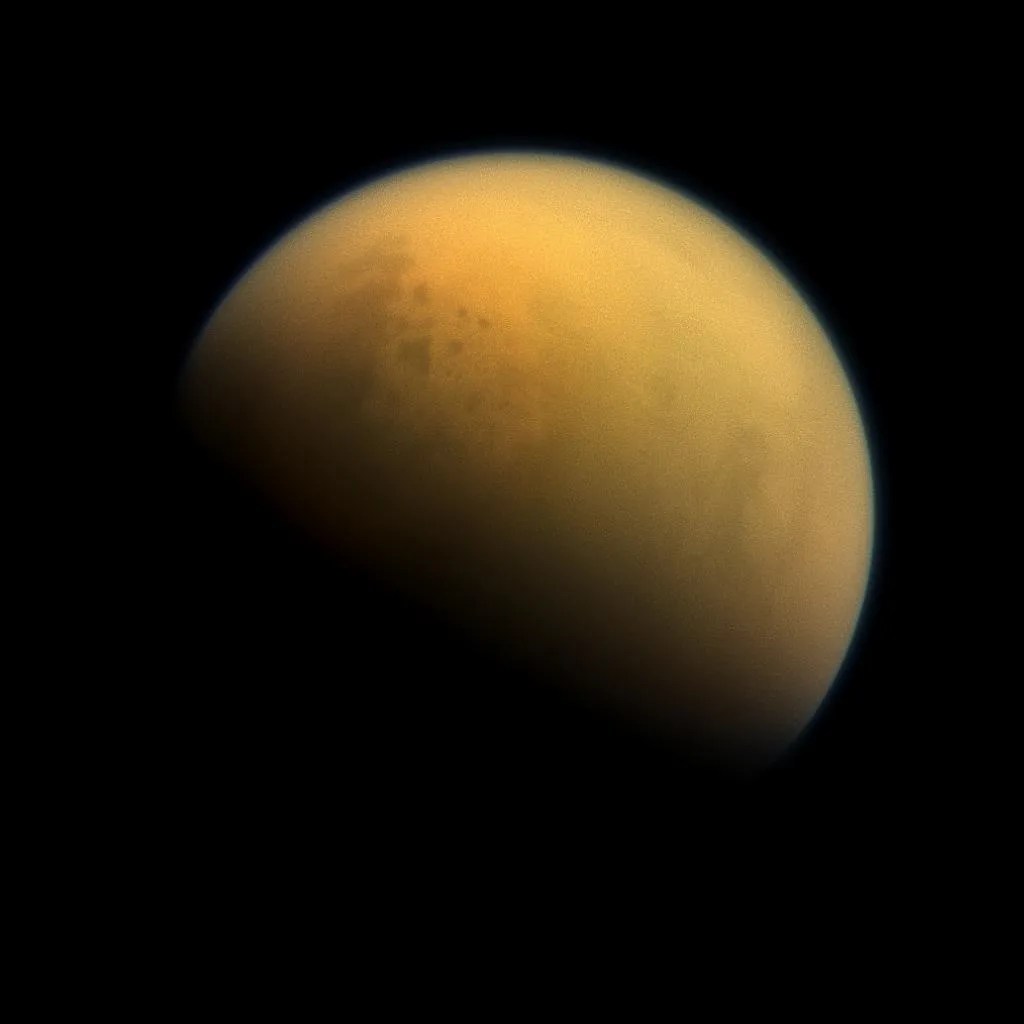
2. Icy Giant: Ganymede
Jupiter's moon Ganymede is the largest in the solar system. It's bigger than Mercury and Pluto, and three-quarters the size of Mars. It's also the only moon known to have its own magnetic field. solarsystem.nasa.gov/planets/ganymede/indepth
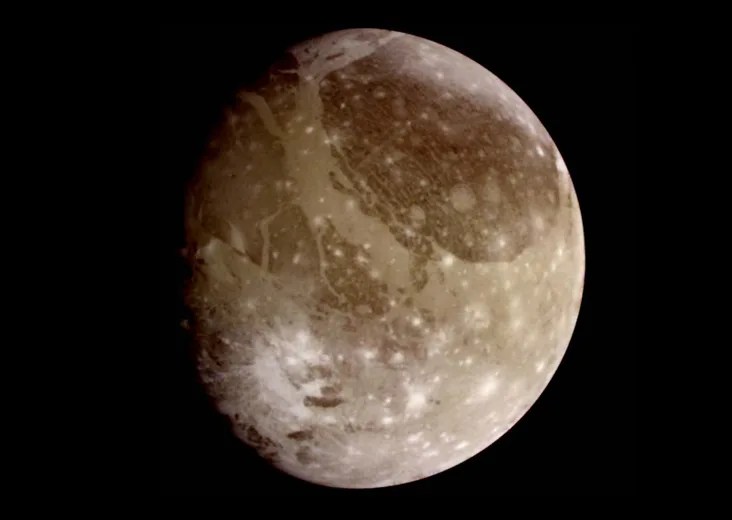
3. Retrograde Rebel: Triton
Triton is Neptune's largest moon, and the only sizable moon in the solar system to orbit in the opposite direction of its planet's rotation, a retrograde orbit. It may have been captured from the Kuiper Belt, where Pluto orbits. Despite the frigid temperatures there, Triton has cryovolcanic activity -- frozen nitrogen sometimes sublimates directly to gas and erupts from geysers on the surface. solarsystem.nasa.gov/planets/triton/indepth
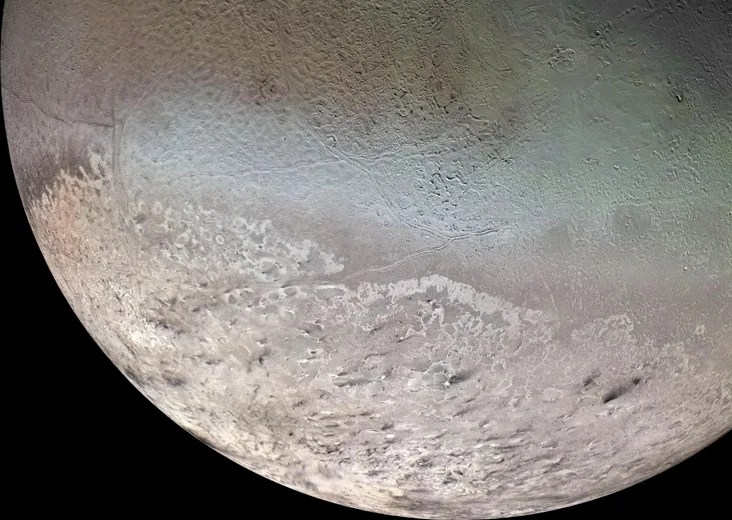
4. Cold Faithful: Enceladus
The most famous geysers in our solar system outside of Earth belong to Saturn's active moon Enceladus. It's a small, icy body, but Cassini revealed this world to be one of the solar system's most scientifically interesting destinations. Geyser-like jets spew water vapor and ice particles from an underground ocean beneath the icy crust of Enceladus. With its global ocean, unique chemistry and internal heat, Enceladus has become a promising lead in our search for worlds where life could exist.
saturn.jpl.nasa.gov/science/enceladus/
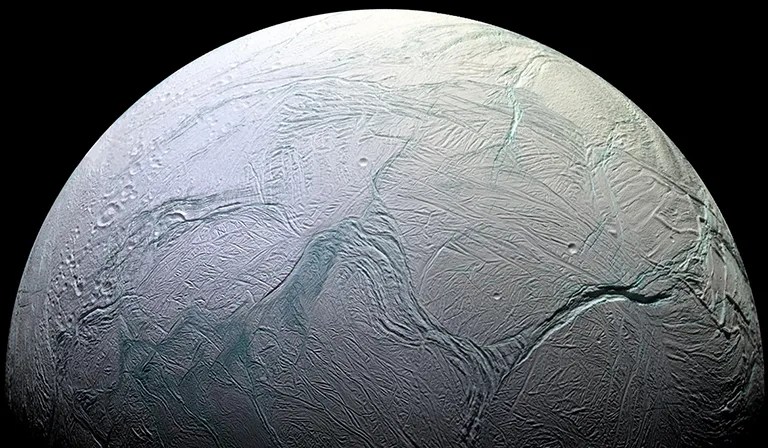
5. Volcano World: Io
Jupiter's moon Io is subjected to tremendous gravitational forces that cause its surface to bulge up and down by as much as 330 feet (100 m). The result? Io is the most volcanically active body in the Solar System, with hundreds of volcanoes, some erupting lava fountains dozens of miles high. solarsystem.nasa.gov/planets/io/indepth
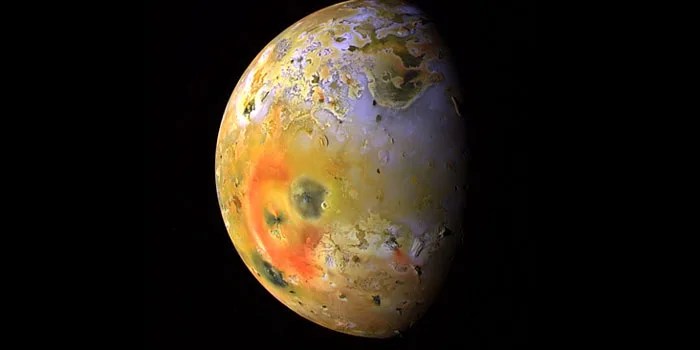
6. Yin and Yang Moon: Iapetus
When astronomer Giovanni Cassini discovered Iapetus in 1671, he observed that one side of this moon of Saturn was bright and the other dark. He noted that he could only see Iapetus on the west side of Saturn, and correctly concluded that Iapetus had one side much darker than the other side. Why? Three centuries later, the Cassini spacecraft solved the puzzle. Dark, reddish dust in Iapetus's orbital path is swept up and lands on the leading face of the moon. The dark areas absorb energy and become warmer, while uncontaminated areas remain cooler. saturn.jpl.nasa.gov/news/2892/cassini-10-years-at-saturn-top-10-discoveries/#nine
7. A Double World: Charon and Pluto
At half the size of Pluto, Charon is the largest of Pluto's moons and the largest known satellite relative to its parent body. The moon is so big compared to Pluto that Pluto and Charon are sometimes referred to as a double planet system. Charon's orbit around Pluto takes 6.4 Earth days, and one Pluto rotation (a Pluto day) takes 6.4 Earth days. So from Pluto's point of view Charon neither rises nor sets, but hovers over the same spot on Pluto's surface, and the same side of Charon always faces Pluto. www.nasa.gov/feature/pluto-and-charon-new-horizons-dynamic-duo
8. "Death Star" Moon: Mimas
Saturn's moon Mimas has one feature that draws more attention than any other: the crater Herschel, which formed in an impact that nearly shattered the little world. Herschel gives Mimas a distinctive look that prompts an oft-repeated joke. But, yes, it's a moon. solarsystem.nasa.gov/planets/mimas
9. Don't Be Afraid, It's Just Phobos
Mars was the god of war, so it's fitting that its two small moons are called Phobos, "fear," and Deimos, "terror." NASA's Mars Reconnaissance Orbiter caught this look at Phobos, which is roughly 17 miles (27 km) wide. In recent years, NASA scientists have come to think that Phobos will be torn apart by its host planet's gravity: www.nasa.gov/feature/goddard/phobos-is-falling-apart. Learn more about Phobos: solarsystem.nasa.gov/planets/phobos/indepth
10. The Moon We Know Best
Although decades have passed since astronauts last set foot on its surface, Earth's moon is far from abandoned. Several robotic missions have continued the exploration. For example, this stunning view of the moon's famous Tycho crater was captured by NASA's Lunar Reconnaissance Orbiter, which continues to map the surface in fine detail today. www.lroc.asu.edu/posts/902

